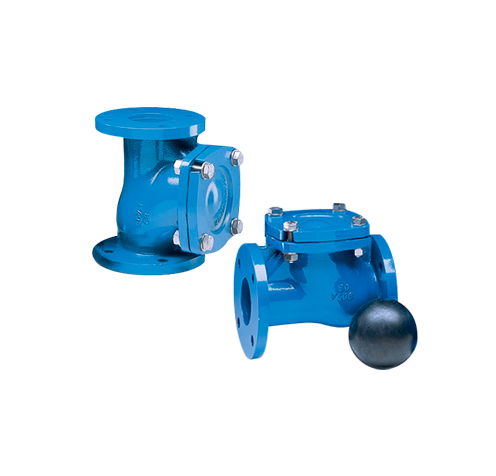Dual Disc Check Valves in Function Optimization
Dual disc check valve are widely used in fluid systems to prevent backflow and protect equipment from damage. Function optimization of dual disc check valves involves improving their performance and efficiency. Here are some key strategies for optimizing the function of dual disc check valves:
Proper Sizing and Selection:
Selecting the right size of dual disc check valve is crucial for optimizing its function. Proper sizing ensures that the valve can handle the required flow rate without excessive pressure drop or velocity. It is essential to consider factors such as pipe diameter, flow characteristics, and system pressure when selecting the appropriate valve size. Choosing a valve with the correct disc size and spring tension is also important to ensure reliable operation and prevent premature wear or failure.
Reducing Pressure Losses:
Dual disc check valves inherently introduce some pressure loss due to the double-disc design. However, optimizing the valve's design and reducing unnecessary pressure losses can improve its overall efficiency. This can be achieved through careful consideration of factors such as disc profile, sealing materials, and disc clearance. Minimizing pressure losses helps maintain system efficiency and reduces energy consumption.
Enhanced Sealing Mechanisms:
Improving the sealing mechanisms of dual disc check valves is essential for preventing backflow and minimizing leakage. Utilizing high-quality sealing materials, such as elastomers or metal-to-metal seals, can enhance the valve's sealing performance and longevity. Proper disc alignment and tight tolerances between the discs and seat also contribute to improved sealing effectiveness.
Spring Optimization:
The spring in a dual disc check valve plays a critical role in controlling the disc movement and maintaining proper sealing. Optimizing the spring design and tension ensures reliable and consistent valve operation. The spring should be selected based on the desired cracking pressure and closing force, considering factors such as fluid properties and system conditions. Proper spring optimization helps minimize the risk of valve chatter, ensures prompt closure, and prevents false trips.
Anti-Water Hammer Features:
Water hammer can occur when a check valve closes rapidly, causing pressure surges that can damage the system. Incorporating anti-water hammer features in dual disc check valves, such as dashpots or surge chambers, can help mitigate the effects of water hammer. These features absorb the energy of the closing disc, reducing the impact on the system and preventing pressure spikes.
Regular Maintenance and Inspection:
Regular maintenance and inspection are essential for optimizing the function of dual disc check valves. Routine maintenance activities, such as lubrication, cleaning, and seal replacement, ensure smooth operation and prevent issues like sticking or fouling. Regular inspections help identify any potential problems or performance degradation, allowing for timely repairs or replacements.
System Monitoring and Control:
Implementing a comprehensive system monitoring and control system can further optimize the function of dual disc check valves. Utilizing technologies such as pressure sensors, flow meters, and control systems allows real-time monitoring of system conditions. This enables proactive adjustments and preventive actions, such as adjusting spring tension or disc clearances, to optimize valve performance based on changing system requirements.
Compliance with Standards and Regulations:
Ensuring compliance with industry standards and regulations is crucial for function optimization and reliability. Dual disc check valves should be designed, manufactured, and installed following relevant standards such as API, ANSI, or ISO. Compliance ensures that the valves meet specific performance and quality requirements, providing confidence in their functionality and longevity.
In summary, function optimization of dual disc check valves involves proper sizing and selection, reducing pressure losses, enhancing sealing mechanisms, spring optimization, incorporating anti-water hammer features, regular maintenance and inspection, system monitoring and control, and compliance with standards. By implementing these strategies, the performance, efficiency, and reliability of dual disc check valves can be optimized to ensure effective backflow prevention and safeguard equipment in fluid systems.



Comments
Post a Comment